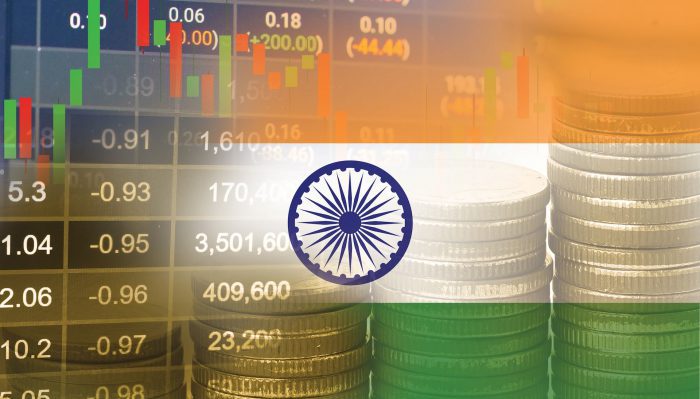Despite a sharp sell-off and US tariff hikes to 50%, India’s markets prove resilient, backed by strong domestic demand and unwavering investor confidence.
A sudden wave of selling gripped Dalal Street on Friday, August 8, knocking Sensex down by 765 points (-0.95%) to close at 79,857.79 and Nifty 50 by 233 points (-0.95%) to 24,363.30. The sell-off extended beyond the frontline indices, with the BSE Midcap index tumbling 1.56% and the Smallcap index sliding 1.03%.
The fall came against the backdrop of US President Donald Trump’s shock decision to not only impose a 25% tariff on select Indian exports but to double it to 50% — a move many feared would spark a market rout. But the predicted crash never came.
Why the Market Didn’t Collapse
Experts point to three key reasons:
- Domestic Bulls Outmuscling FIIs:
Foreign Institutional Investors (FIIs) have offloaded ₹15,950 crore worth of equities in August (till 7th), but Domestic Institutional Investors (DIIs) have countered with massive buying worth ₹29,070 crore, more than offsetting the outflows. - Hopes for Trade Settlement:
Markets are betting on a negotiated tariff rate — potentially under 20% — and see the hikes as temporary trade brinkmanship rather than a structural threat. - Minimal Impact on Growth:
India’s economy remains broad-based and resilient, driven by strong domestic demand, a thriving services sector, and an expanding manufacturing base. While certain export sectors will face challenges, the country’s growth is not tethered to a single product or market.
Tariffs Hit Both Sides
The 50% tariff is not just a blow to Indian exporters — American businesses and consumers will feel the pinch through higher costs, disrupted supply chains, and reduced competitiveness. In the long game of global trade, markets know protectionist moves hurt both players.
Political Motives, Not Economic Weakness
Analysts say the hike is largely a political statement linked to India’s oil trade with Russia, something other nations also do. This perception — of a short-term geopolitical flashpoint rather than a deep economic rift — has helped keep investor sentiment steady.
Government Stays the Course
New Delhi’s calm, confident stance has reassured markets. No knee-jerk reactions, no panic — just a steady hand signaling that India can navigate both geopolitical turbulence and economic headwinds without derailing long-term growth plans.
Bottom Line:
With DIIs providing a solid floor, strong fundamentals, and a diversified economy, India’s market weathered Trump’s tariff tantrum without the feared crash. The long-term growth story remains intact — and Dalal Street knows it.





